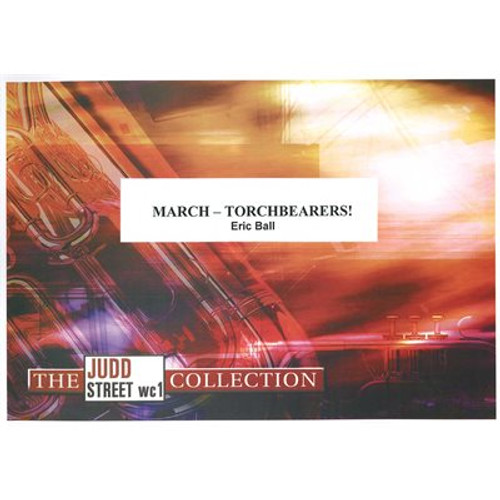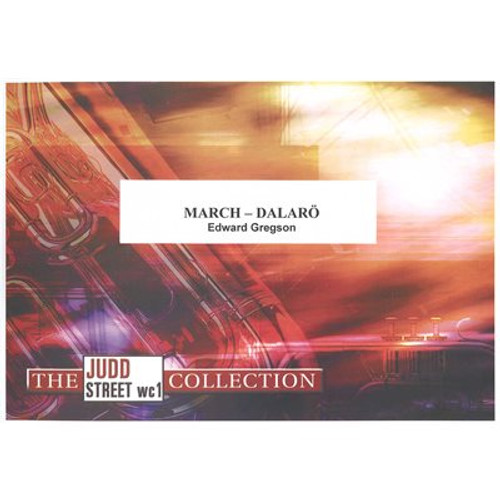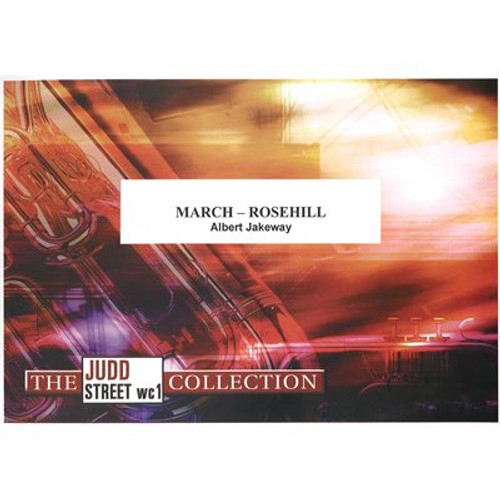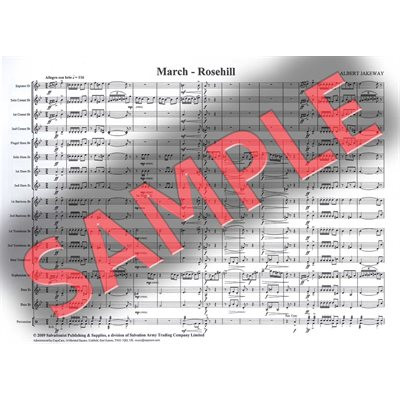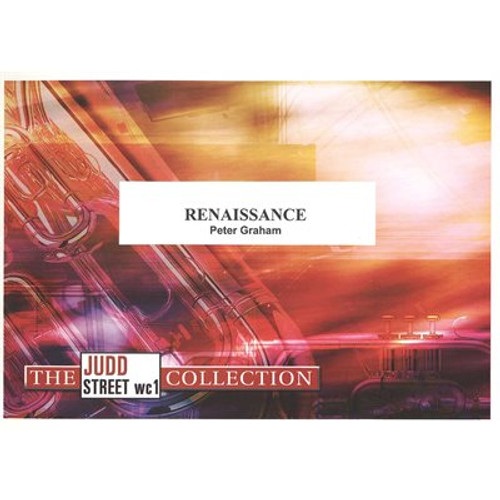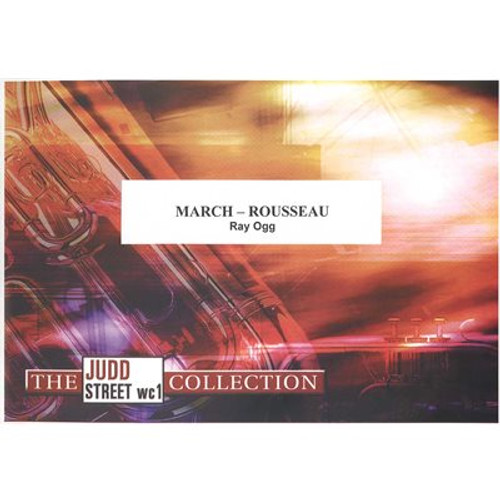Product Description
Comments by Eric Ball
This march was first featured by the Musical Troopers in 1933 as a kind of signature piece, being chosen because the tune included at letter C is that of the chorus of the 'Torchbearers' Session Song. That is the session of cadets commissioned as Salvation Army officers in that year, of which the Troopers were members. This march will not be found difficult to play once the few special features are mastered and it is suitable for either street or festival use.
In the introduction the main feature is the fanfare-like work for cornets and flugel, which should be well balanced, clearly tongued and rhythmically measured. All other parts are comparatively easy.
Section A introduces a light, tripping theme, which should be played with delicacy, while the absence of the usual beat-and-after-beat background is no excuse for lack of rhythm. See that the forte of the last two bars is not too far removed from the earlier mezzo piano. Many bands seem to lack a sense of balance in the treatment of dynamics, and jerk from one extreme to the other, with little attention to what should come in between.
The horn section is of special importance in section B, the theme being given to this family of instruments almost throughout. It is in a low range, and the other instruments will have to accompany discreetly if it is to be clearly heard. The entry for soprano, 1st and 2nd cornets, flugel and tenor trombones in bar 20 must be well-balanced, while the parts given to solo cornets in bars 20-22 is not of primary importance, but should add color to the music.
The tune of the Torchbearers chorus is introduced at letter C, with a straightforward arrangement which is quite easy to play. General Albert Orsborn's words, provided herewith, give the clue to the spirit of the music.
The 'for conclusion' bars inserted in this section, call for sustaining power, and a brilliant, clear-cut style.
- Out there! Out there!
- Where the darkness reigns, out there!
- Torchbearers are going,
- Faith and love ever glowing,
- Light to wand'rers showing,
- In the darkness ᄀᆰ out there!
No difficulty will be found in the first part of the trio ᄀᆰ letter D ᄀᆰ where the broad, flowing melody will be easily heard against the accompanying parts. Aim for a good mixture of tone between the tenor trombones and euphonium, and see that the rest of the players to not become careless because of the obvious ease of the parts allotted to them.
Trumpet-like figures are a feature of the episode at letter E, and again, balance, in the cornet parts especially, is a matter to be watched carefully. The music here is otherwise quite straightforward.
The scoring of section F ᄀᆰ the reprise of the trio tune ᄀᆰ has features which should help somewhat in rehearsal. In the main, cornets, tenor trombones and euphonium have the melody; flugel, 1st and 2nd horns have sustained chord work; solo horn and baritones have important rhythmic figures; and bass trombone and basses have a repetition of the ground bass figure in section D, but this time in augmentation. The side drum adds a rhythmic part of special importance. A broad, sustained style is necessary in this section, but keep the music moving rhythmically.
(view series guide)
Produced by The Salvation Army, SP&S, UK

